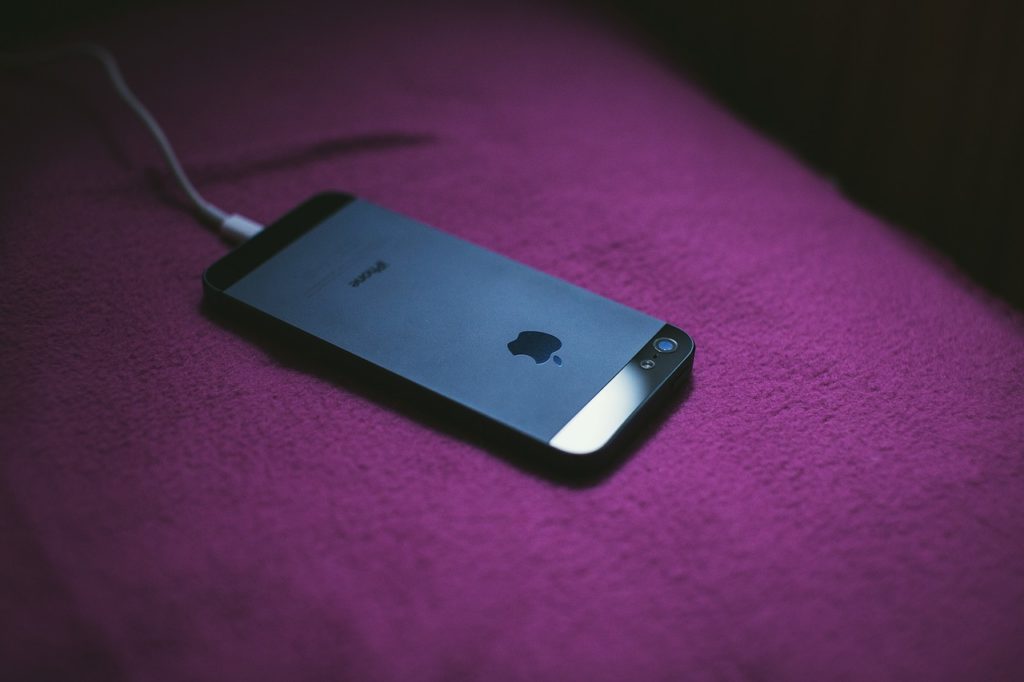Any smartphone owner will be familiar with this situation: with 10 minutes to go before you need to head out the door, you suddenly notice that your device’s battery is just about dead. What do you do?
The first step is not to panic. While 10 minutes certainly isn’t enough to get your battery back up to 100%, there are a few things you can do to help make your phone charge faster in the precious few minutes you have. The next time you need to get a boost of battery life in a hurry, check out the following tips and tricks for speedy charging.
Turn your device off.
If you want to get the most charge possible in the shortest amount of time, the best thing to do is simply to turn your device off while it’s charging. When an active device is plugged in to charge, a number of background programs are still draining battery life and slowing down the charging time. Even if you’re not using your phone, it’s still looking for (and connecting to) Wi-Fi networks, checking for new messages, and possibly keeping apps that you’re not aware of running in the background. Shutting down the phone disables all these features, and puts 100% of the charge directly toward reviving your battery.

Switch to Airplane Mode.
Switching your device into Airplane Mode while it charges is a technique that is almost as effective as shutting off your device completely. Wireless networks—which include cellular networks, radio, Wi-Fi services, and Bluetooth connections—are one of the biggest factors that drain your phone battery quickly. As long as your device is on, these features continue to run in the background, soaking up a certain amount of battery power and lengthening your charging time. But switching to Airplane Mode, which disables all network services, has been found to reduce charging time by as much as 25%, which can make a big difference when you only have a handful of minutes to charge your phone.
Don’t use the device while it’s charging.
Of course, if you’re waiting for an important phone call or text, it might not be possible to turn your phone off or put it into Airplane Mode while you wait for it to charge. If this is your situation, do the next best thing: plug your phone in and leave it alone. Remember that any time you use your device while it’s charging, whether it’s to take a picture or look up a website, that’s siphoning away the power that’s going to your battery. Not using your phone while charging it, even if it’s still turned on and active, can still help speed up its charging time. In addition, don’t forget that “not using your phone” means not turning on the display every few moments to check how the charging is going: your screen can be a huge drain on your battery!
Plug your phone into a wall socket.
While it’s possible to charge your phone by connecting it via a USB cable to a laptop or desktop computer, your best strategy for fast charging is always to plug it directly into a wall socket. The power output of a wall socket is more efficient than the output available from a computer (or a car charger, for that matter), and this higher power output helps your phone charge more quickly. In fact, charging your device via a USB cable connected to a laptop can take up to an hour longer than plugging it into a wall.

Use the best cable you can.
You might not realize it, but the quality of the cable you’re using to charge your phone can make a difference to your charging time. For example, a standard 28-gauge cable (which is the default cable for most devices) can carry about 0.5A (amps) worth of power. However, a larger 24-gauge cable can carry up to 2A of power. The more amps the cable can carry, the quicker your phone will charge, so if you’re constantly finding that your standard charging cable isn’t doing the job quickly enough, you might want to think about investing in a new, better-quality cable. Don’t worry that you’ll damage or “overload” the phone by using a cable that can carry more power: the “2A” rating designates the maximum amount of power the cable can support, but the cable will still only send as much power as your device actually requests.
Remove the case.
If you keep your phone in a case, it can be a good idea to remove it before you plug your device in to charge. Just like your phone’s general functioning, battery charging can actually be affected by temperature. If you charge your phone inside certain styles of case, this can generate and trap excess heat, which in turn impacts your battery capacity and slows down the charging time.

